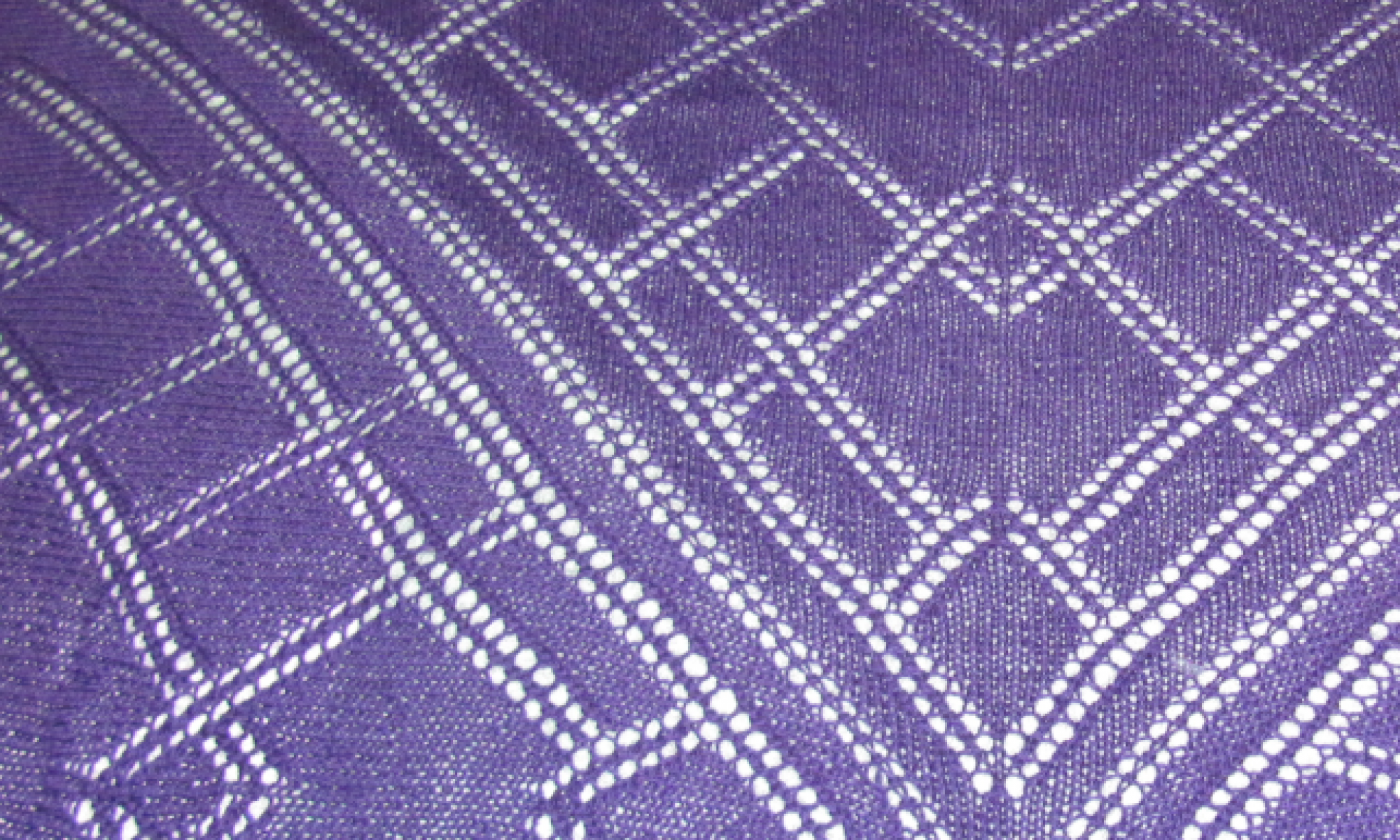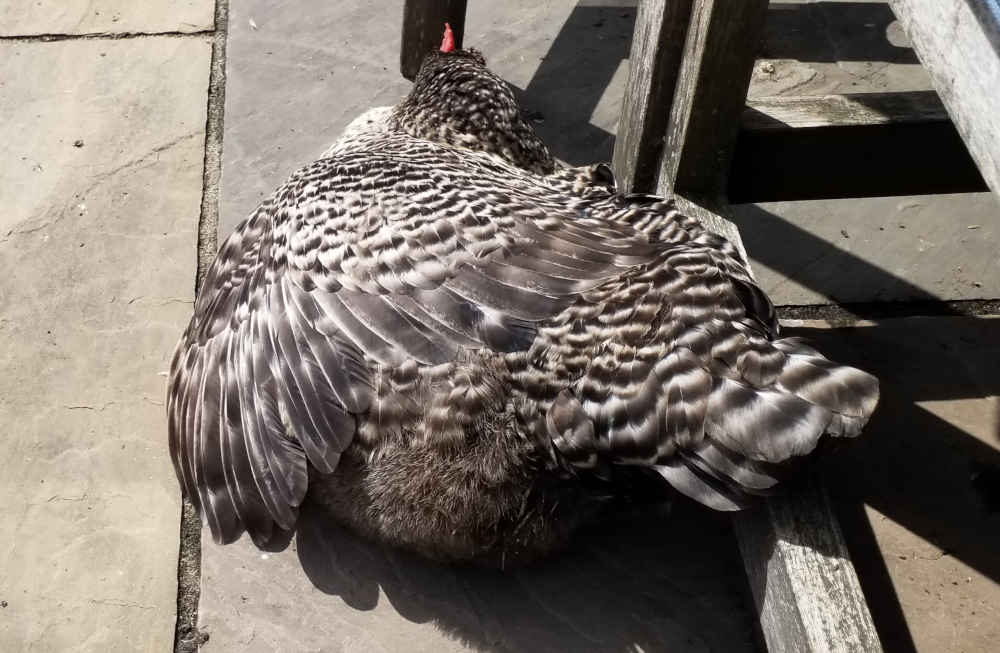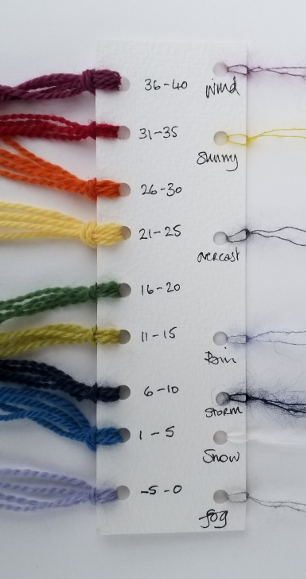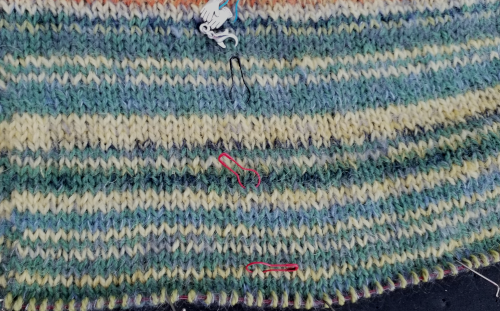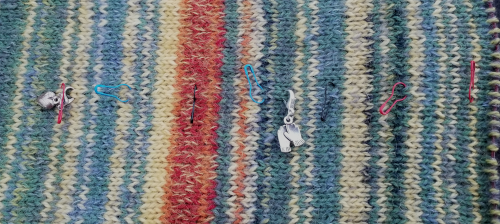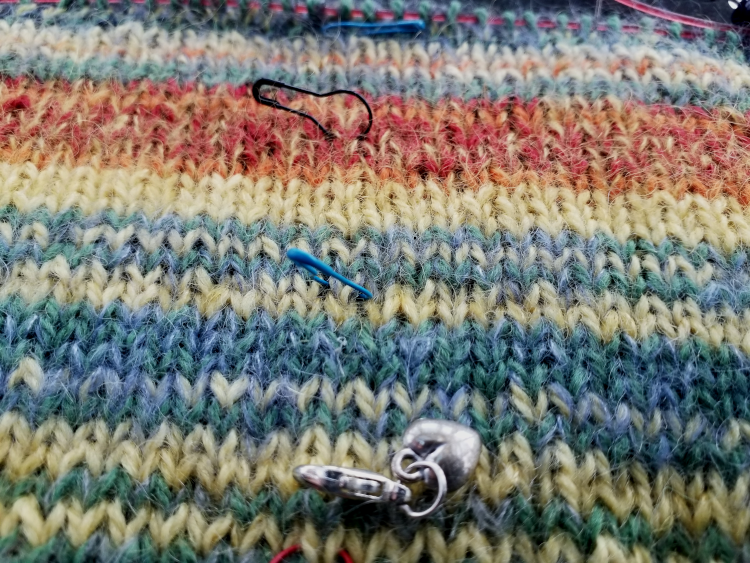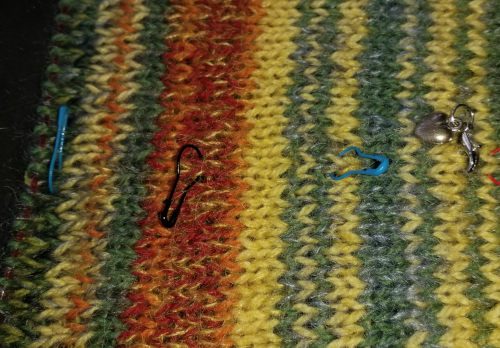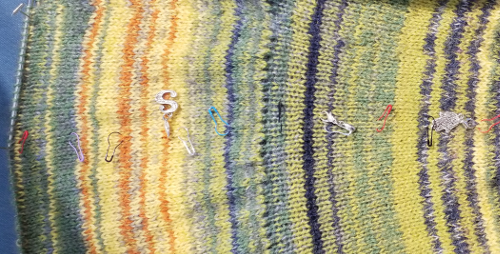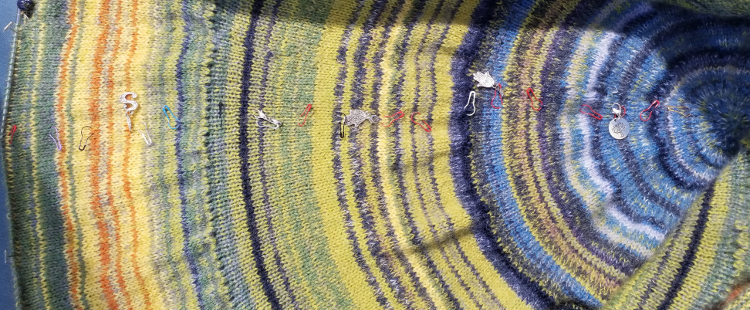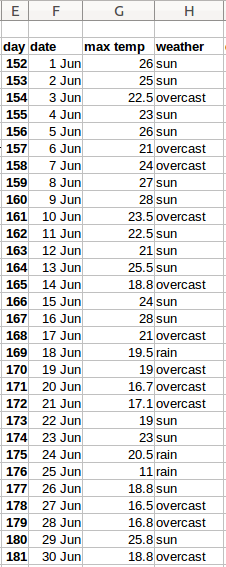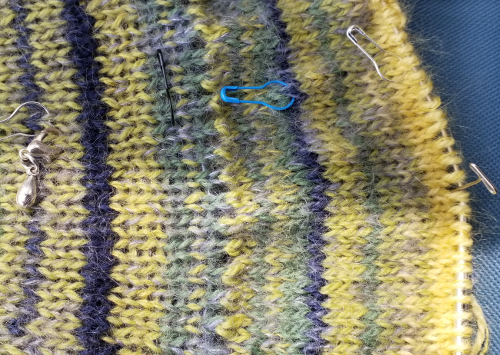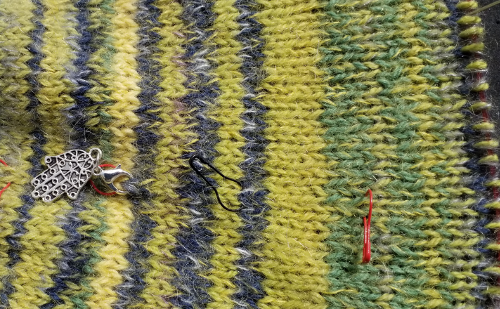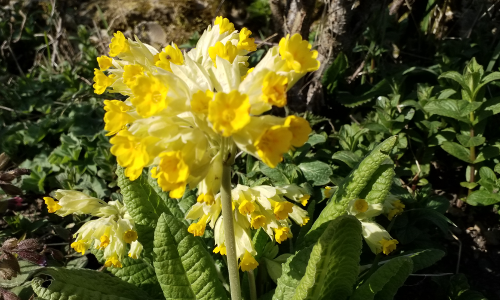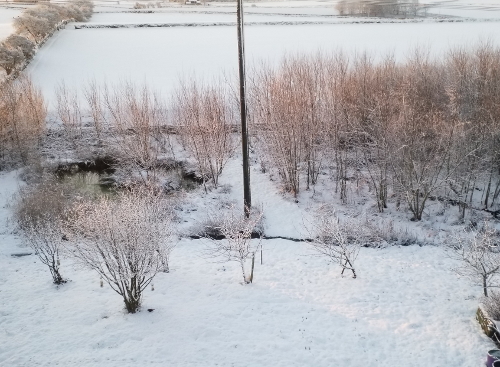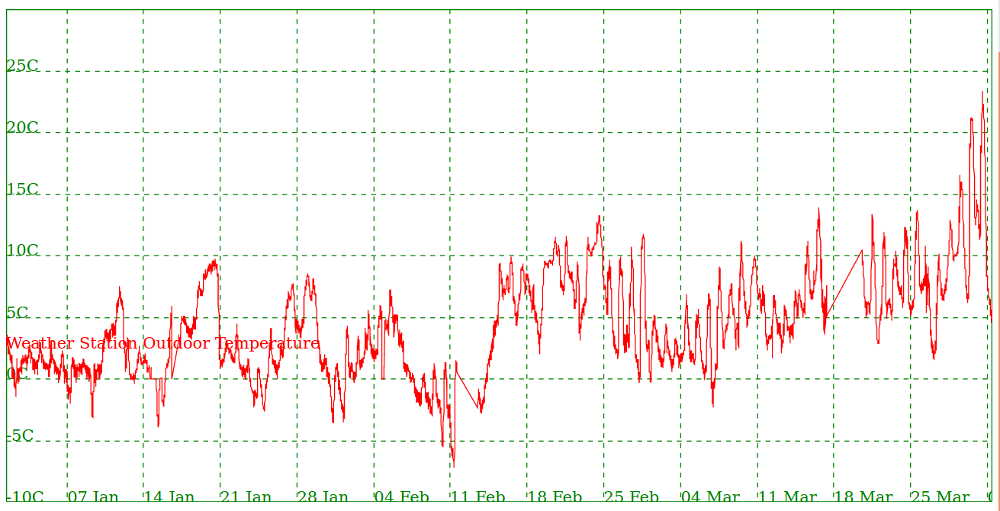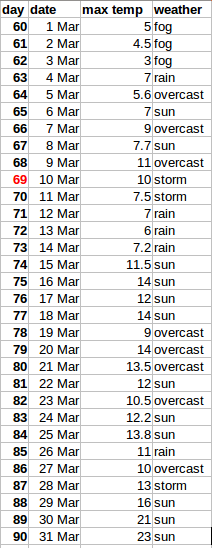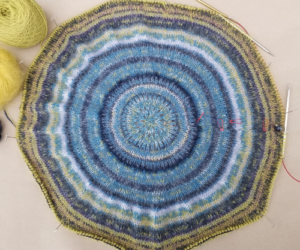September can be cold and dark, sometimes it can be warm and sunny, an Indian Summer we call it here in the UK. This year, we have been lucky enough to experience an Indian Summer, when you wake up and there is a freshness in the air, dew on the grass, and the promise of warmth to drive away any mist that is lingering. The days are growing shorter, but they make up for that by being warm and fruitful. All the soft fruit – strawberries, raspberries, blackcurrants – have been harvested and frozen, dried, or made into jam; soon it will be time to pick the apples and make cider. But just now, we are enjoying sitting outside in the sunshine.
September is a busy time for knitting and on the Temperature Pi Blanket front, it is time to work the last of the increase rounds, taking each daily round to 2,304 stitches. I’ll be honest, this is a lot to get through, but I find if I pace myself, do half during the day when I can fit in a little knitting, and half in front of the TV in the evening, it is doable. The blanket is still very green and yellow, with just a couple of days when I got out the orange yarn, but with the turn of the weather at the end of the month to rain and dropping temperatures, I expect it will be back to the blues very soon.
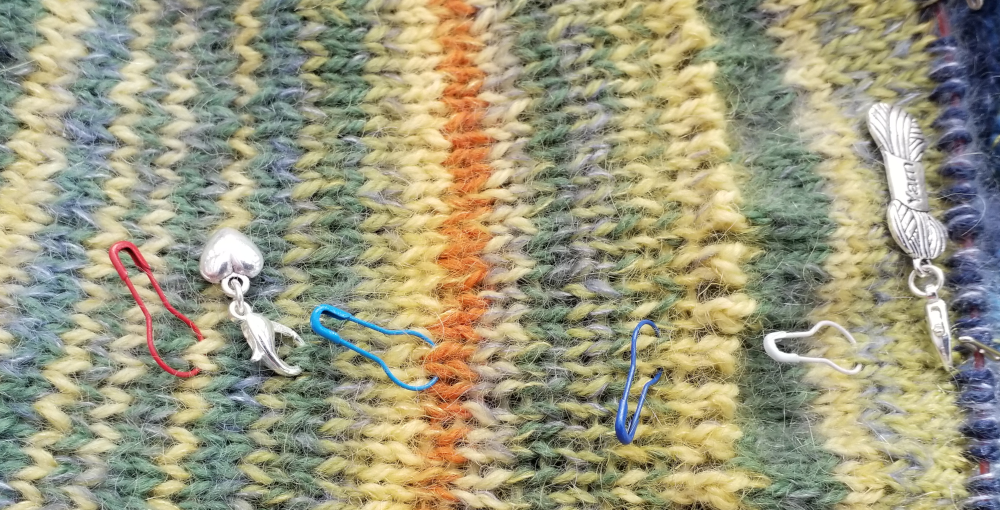
I have now completed days 244 to 273 inclusive, continuing with 1,152 stitches per round until 20th September, when I doubled the stitches to 2,304. I have worked 224,244 stitches, and the blanket is 51.41% complete (in terms of the number of stitches worked). I have spent nearly 187 hours over the past 9 months knitting this blanket.
It’s not too late to join in and knit your own Temperature Pi Blanket, or get the pattern now and start knitting it next year. You can download the pattern and accompanying spreadsheet from Payhip
